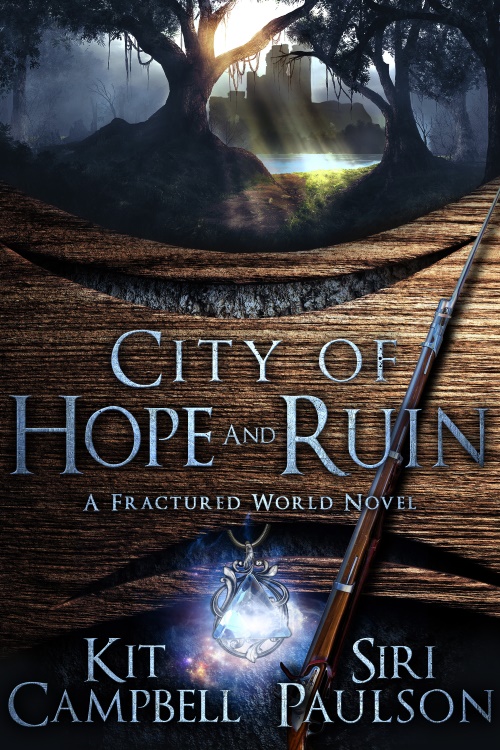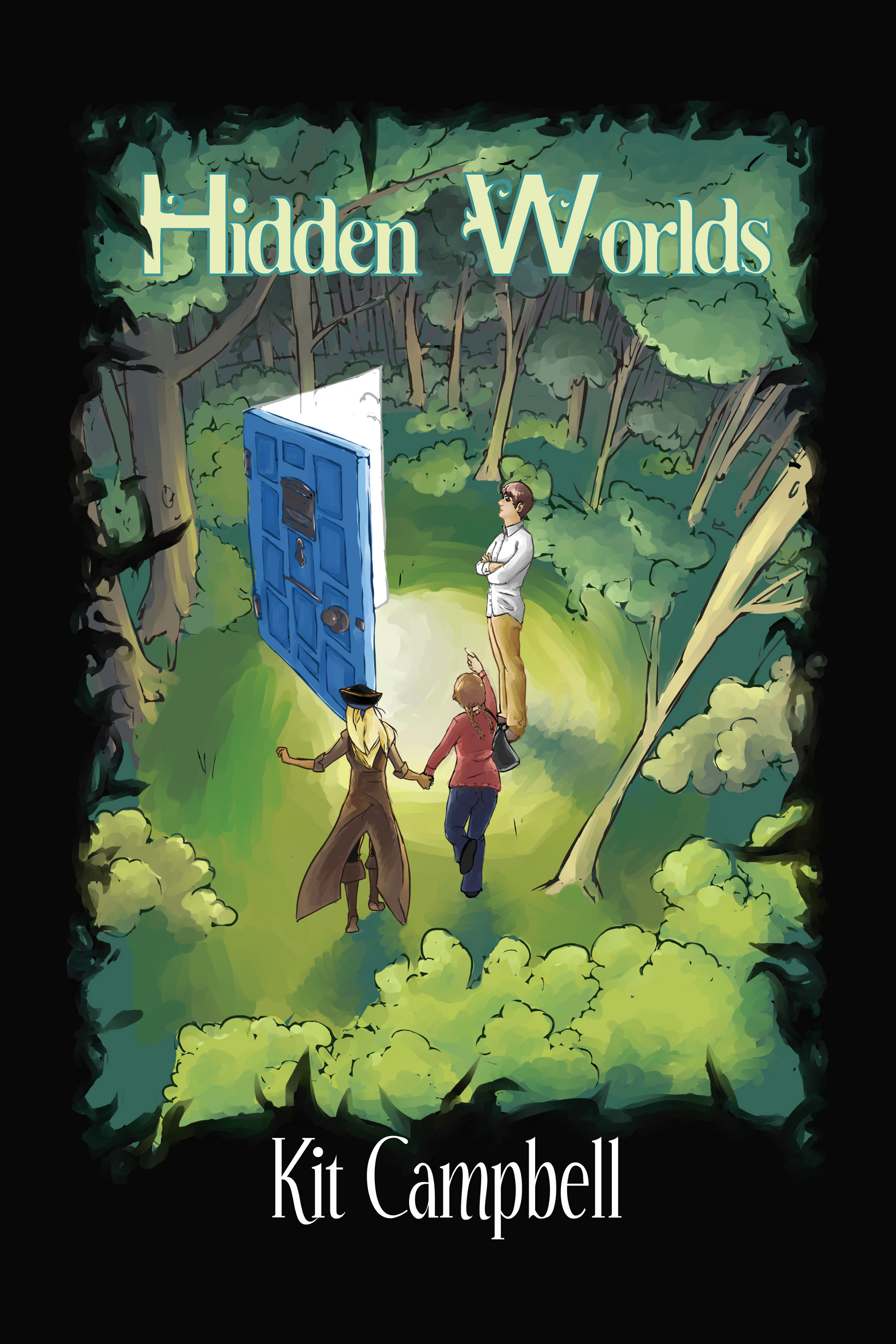All right, Squiders! Let’s get into the troubleshooting portion of submission and publication, which will be the last section included here on the blog. Please let me know if this book blogging thing is working for you, and if you’d like me to continue with the other books.
Today we’re going to talk about how many rejections are too many. Rejections fall into the following categories:
- No response
- Form rejection
- Personal rejection/Send others
- Revise and resubmit
As a quick recap, no response means exactly what it sounds like–you send your story/query off to a publisher or agent, and never hear anything again. Emails to follow up go similarly unanswered. A form rejection is a basic rejection that agents/publishers send out when it’s a definite no. These two kinds can be very discouraging, because they give you, the author, no information. Was your query/story bad? Was it good but not a good fit? Did they like aspects of it, but they’re too busy to send feedback along with the rejection?
A personal rejection means the publisher/agent took the time to go off-script from their form rejection to give you some feedback. This can be things like aspects they liked about your story along with things they didn’t, it can be a note that they liked the story but do not have room for it in their current line-up, etc. In some cases, the agent/publisher may ask you to consider them in the future for other stories.
A revise and resubmit means that the agent/publisher will seriously consider picking up your story if you make some specific changes to it. This is very promising–it means you’re close–but you will have decide if you’re willing to make the changes asked for, especially since this isn’t a guarantee of representation or publication.
So perhaps the question shouldn’t be “How many is too many?” but “What kind of rejections are you getting?”
For a short story, if you’re regularly getting personal rejections or requests to send other stories, that’s a good sign. You may just need to keep trying. For novels, if your query is regularly getting partial requests, that’s also a good sign, because it means that your query letter is working.
With a novel, you can often tell where, if anywhere, the process is falling apart. If you get partial requests with a query but not with a query plus five pages, then your beginning may need tightening. If your partials are spawning fulls regularly, then your writing is probably fine, but your plotting may be off. Many agents/publishers will send feedback if they’re rejecting a full, however, so this can be helpful.
If you’re routinely getting the same comments, that might be something to consider updating.
But if you’re getting no responses or form rejections, you may need to consider that something might be wrong with either your querying materials or your story itself. If you haven’t had the story critiqued or beta read, you should consider doing so. Critiquers or beta readers can be invaluable for helping figure out if there’s problems with a manuscript. If it’s the querying material that’s getting you rejected, many writing forums have areas where you can get help and feedback on queries and synopses. Going to a local writers’ conference can also be helpful for that, as oftentimes these offer the opportunity to meet with agents or editors one on one.
So, let’s say you’re getting fairly regularly personal rejections/partial requests, have had your manuscript looked at by someone else and have vetted your querying materials run by other people. Then, how many rejections are too many? Well, on some level, this is a personal decision. Some people are lucky enough to have a story picked up after a few tries, but others have successfully sold a story after 100+ rejections.
But never wait on a story selling. Work on the next one, and if the current one doesn’t sell now, it might later when you have some publishing credits under your name. Or you might find that, as you learn as an author, you figure out an awesome way to fix the story.
Tuesday we’ll talk about issues with selling, for both self and traditionally published stories.



